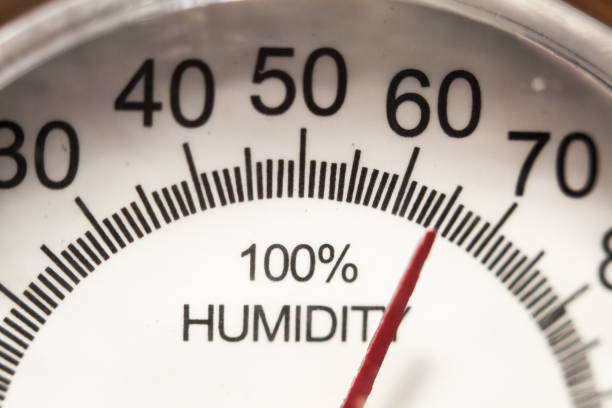How to Cope With Humidity When You Have Lung Cancer

“It’s not the heat. It’s the humidity!” If you live in Ohio, you’re already quite familiar with this saying. The wet, hot summer weather can leave your hair looking frizzy and your clothes stuck to your skin.
If you have lung cancer or some other kind of lung disease, humid weather can become much more than inconvenient. It can land you in the hospital. Studies have shown that rising temperatures and hospital admissions due to lung issues tend to be related.
Here are some tips that can help you cope with the weather this summer and, hopefully, breathe a little easier:
- Plan your days carefully. The humidity in the air tends to be the heaviest first thing in the morning, close to sunrise. It then usually drops as the temperature rises and hits its lowest point right around the time the day is the hottest. If you have breathing problems that are affected by humidity, it’s wise to plan your outside activities for mid-day.
- Keep a “go” bag handy. If you need an inhaler, supplemental oxygen or anything else to manage your condition, it’s important to keep everything you may need while you’re away from home handy. Make sure you don’t leave home without your bag of supplies, even for short trips.
- Use air conditioning and a dehumidifier. Your home won’t be much of a refuge if you don’t control your indoor air quality. Make sure that you have a working air conditioner in your home and, if necessary, a dehumidifier.
- Get a hygrometer. Ideally, indoor humidity should never be higher than 50%. A hygrometer can help you monitor the humidity inside your home and make adjustments that will improve your comfort.
These are just a few of the things that people with lung issues have to consider as they try to go about their lives. If you’re suffering from mesothelioma or another form of lung cancer caused by occupational exposure, find out more about your legal options today. Compensation can help you deal with hospital bills and other expenses associated with the disease.



